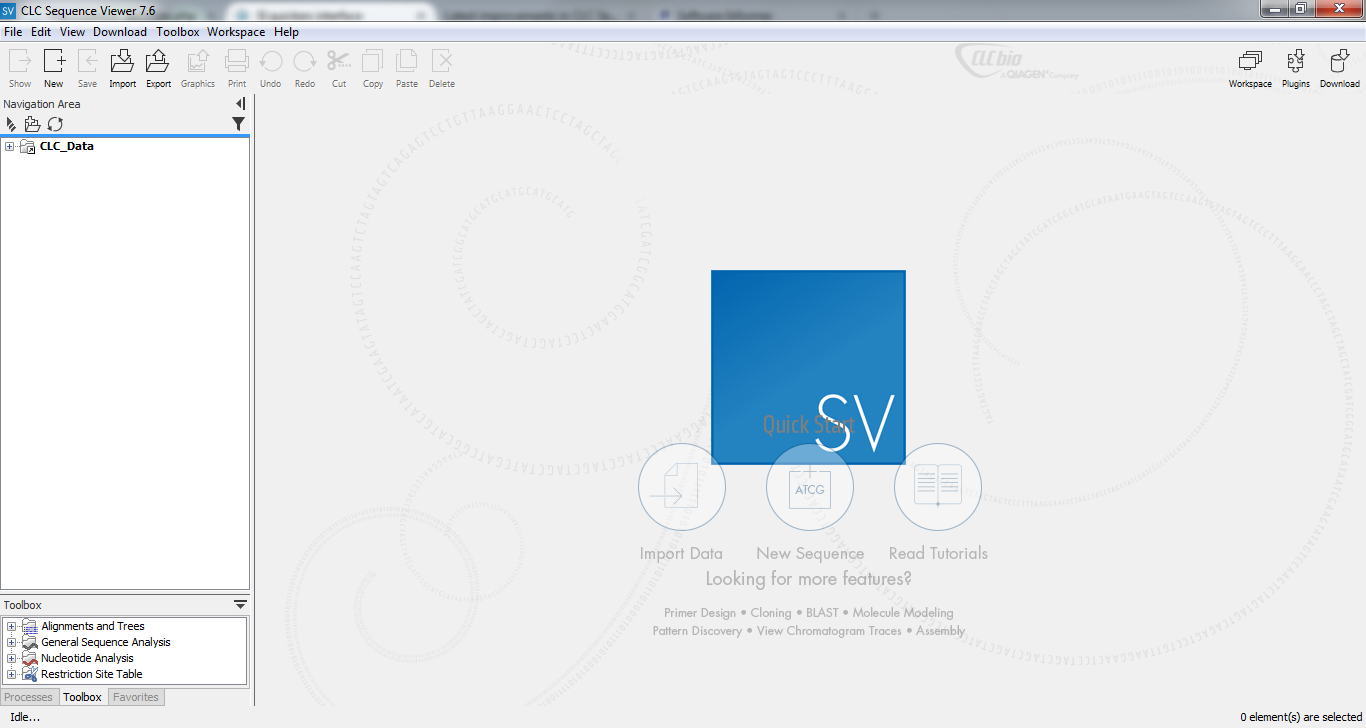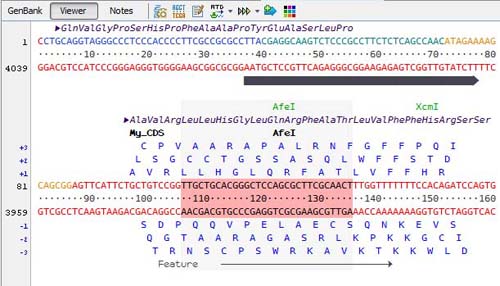
We will begin with the working assumption that slavery is at the root of the problem of race and racism. This course offers a critical introduction to the conditions of possibility for modern racial thinking, with particular emphasis on racial slavery and anti-blackness.

*Corresponding Author: Monica Flowers, DNP, APRN, FNP-BC, Nicole Wertheim College of Nursing and Health Sciences, Florida International University, 11200 SW 8th Street, AHC3-330, Miami, FL 33199, USA, Email: Date: SeptemAccepted Date: OctoPublished Date: October 18, 2019Ĭitation: Walsh Sandra, Garcia Stephanie, Flowers Monica, Olenick Maria, Parchment Yvonne (2019).Analysis of American social structure, demographic and institutional trends over time related to race and the description of racism. An Art Intervention to Promote Comfort with Veterans in Long Term Care: From Not Significant (Ns) To Significance. DOI:Ĭopyright: ©2019 Monica Flowers, et al. This is an open-access article distributed under the terms of the Creative Commons Attribution License, which permits unrestricted use, distribution, and reproduction in any medium, provided the original author and source are credited. Objectives: The study objective was to promote hospitalized veterans’ comfort through an art intervention (AI). Kolcaba’s comfort theory guided the study.

Sample and setting: Researchers recruited residents from a Community Living Center (CLC) at Miami Veterans Administration Healthcare System (MVAHS). Nurse researchers and recreational therapists collaborated to deliver the AI. Methods and variables : A quasi-experimental pre-post-test design tested the AI on veteran comfort, depression, and social connectedness. Results: Over six-months, staff identified 81 residents as appropriate to recruit for the study.

Fifty-one males and 10 females (ages 26-95) agreed (75% response rate). Due to data collection challenges, residents’ cognition, time constraints, disabilities, and respondent burden, only 18 sets of usable pre-post data were available for analysis (ns results). Implications for nursing: The AI was “significant” to many other participants (n = 160) who were unable or unwilling to complete the research instruments. The most popular AI activity, the monoprint, has been “adopted” by recreational therapists and suggested to enhance communication with oncology patients. Keywords: Veterans, Art, Intervention, Comfort, Long Term Care Kolcaba’s comfort theory will continue to be promoted during art activities on CLC I and II with extension of art activities to the bedside of CLC III Hospice residents. Millions of veterans are treated at 1,700 Veterans Administration (VA) sites throughout the United States. Particularly poignant are the plights of veterans with multiple diagnoses requiring long-term care. Many veterans with serious, chronic, and/or terminal conditions are living out their lives as residents in VA Community Living Centers (CLC). The mission of a CLC “is to restore each veteran to his or her highest level of well-being. It is also to prevent declines in health and to provide comfort at the end of life” . The use of the arts and alternative therapies, including music, hand massage, therapeutic touch, tender touch, singing, and using or holding musical instruments may provide comfort. Similar activities promoted health and well-being in vulnerable groups but have not yet been tested with hospitalized veterans. The objective of this pilot study was to promote comfort through the implementation of an art intervention (AI) with hospitalized veterans.

The AI activities utilized in this study were NOT considered art therapy. Kolcaba’s comfort theory (2017) guided the study.


 0 kommentar(er)
0 kommentar(er)
